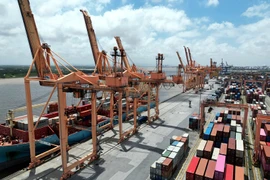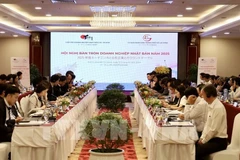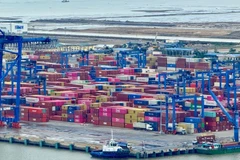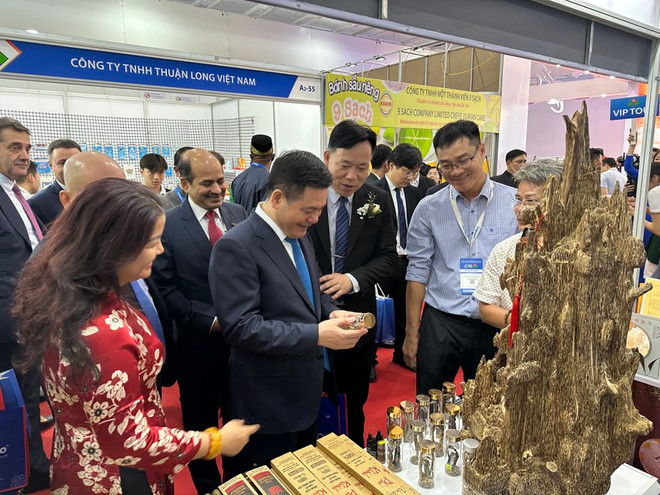
Hanoi (VNA) - The FTA Index was introduced to support a wide range of stakeholders, including the National Assembly, central and local authorities, investors, businesses, and the public, in maximizing the benefits of free trade agreements (FTAs). It evaluates the "health" and capabilities of provinces while assisting businesses in implementing these agreements.
This initiative aims to develop more effective and practical solutions to support localities, businesses, industry associations, and investors.
These insights were shared during the seminar “FTA Index: Significance and Comprehensive Changes in FTA Implementation,” organised by the Industry and Trade Magazine on December 6 in Hanoi.
Currently, Vietnam is implementing 16 free trade agreements (FTAs). However, according to Nguyen Thi Lan Phuong, Deputy Head of the WTO and FTA Division, Department of Multilateral Trade Policy (Ministry of Industry and Trade), the potential benefits of these FTAs have not been fully exploited. For instance, the utilization rate of preferential tariffs remains low, with businesses primarily focusing on raw materials.
Moreover, while local authorities have shown interest and provided some support to businesses in leveraging FTAs, their efforts remain modest due to limited human resources and insufficient professional training in many areas.
Given this reality, Phuong highlighted that the FTA Index was designed to assist a diverse range of stakeholders, from the National Assembly to local and central agencies, investors, businesses, and the public, in better utilizing FTAs. By measuring the "health" and capacity of provinces, the Index aids businesses in the implementation process, enabling the creation of more effective and practical solutions to support localities, businesses, industry associations, and investors.
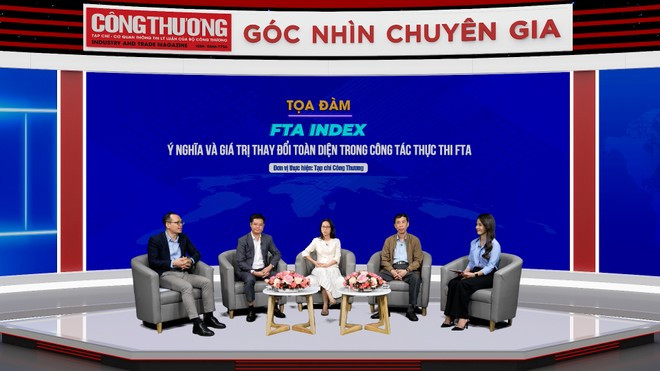
According to Nguyen Minh Khoi from the Tony Blair Institute for Global Change (TBI), the FTA Index provides an overarching perspective, enabling localities to assess their standing and efforts while fostering healthy competition among regions.
However, Khoi emphasised that successful implementation of the Index requires collaboration between provinces and coordination between local authorities, central agencies and ministries. This ensures that commitments and benefits from FTAs are promptly translated into tangible advantages for businesses and localities.

Lan Phuong elaborated that the FTA Index evaluates five key indicator groups, namely assessing the dissemination and communication of information by localities; measuring access to legal documents to ensure businesses receive timely and comprehensive updates; evaluating the utilisation of FTAs and the support provided by localities to businesses; measuring the impact of FTAs on sustainable development; and assessing the achievement of government action plan targets.
These metrics aim to provide actionable insights for improving FTA implementation nationwide./.


